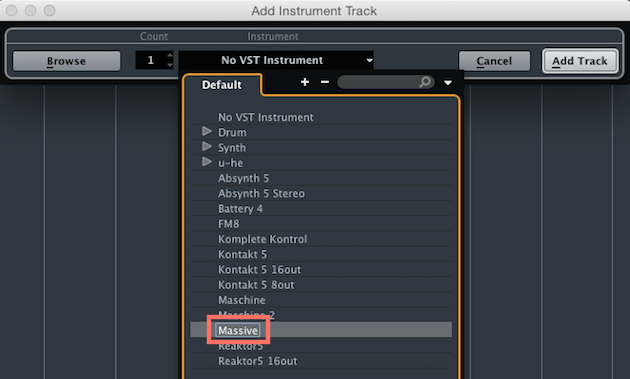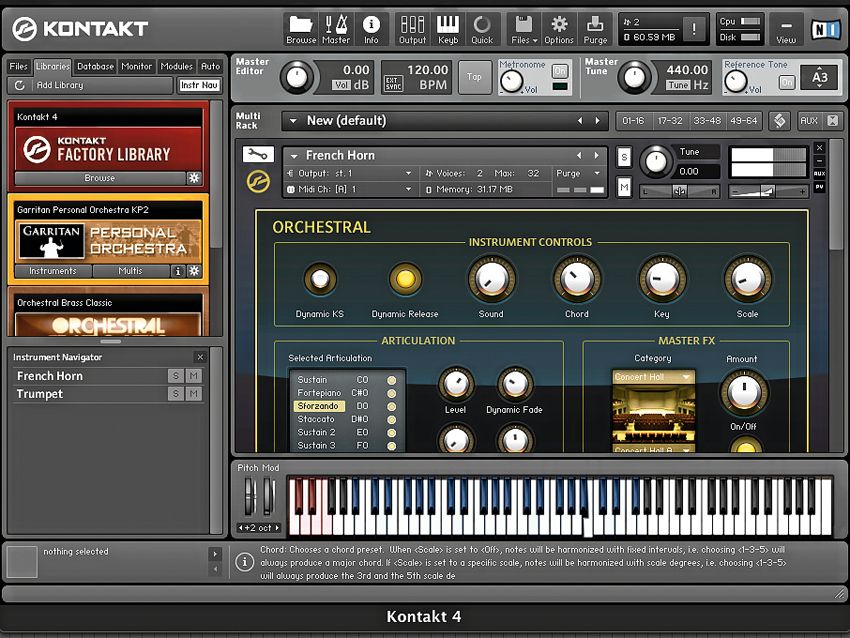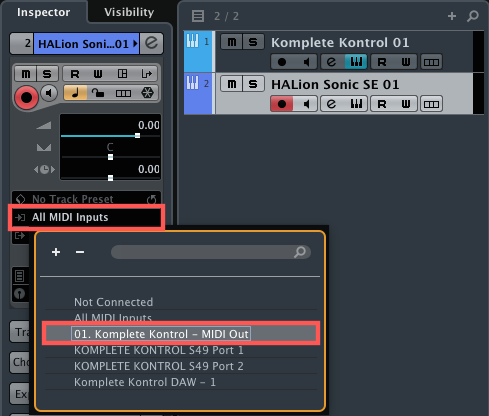
- HOW TO ADD KONTAKT LIBRARY TO CUBASE 9 PRO UPGRADE
- HOW TO ADD KONTAKT LIBRARY TO CUBASE 9 PRO SOFTWARE
HOW TO ADD KONTAKT LIBRARY TO CUBASE 9 PRO UPGRADE
NI Komplete is terrific, but the beginner orchestral instruments in the bundle leave a bit to be desired and I found myself wanting to upgrade from Essentials (which it comes with) pretty early. It is powerful and there is lots of help on youtube for it. PLAY (what they call their instrument interface) is funky and the learning curve is steep, but most sample libraries have a complicated interface. It's getting a little dated, but it's still very much still in use by pros. The EW stuff has been used to score stuff you've been listening to for ages. That's the most complete set of instruments you'll get for anywhere close to that price. My advice for instruments would be to subscribe to the EastWest Composer Cloud. And I don't think I could go back to pre-side chain Cubase again. As well, track visibility will get important when your orchestrations are large. Retrologue and Padshop are awesome synths. This opens up a whole load of new creative possibilities, especially when coupled with the recent improvements to Cubase’s automation tools.It sounds like you are fairly early in the process. Whilst Sampler Tracks offer no in-built LFO or modulation beyond the fixed-destination ADSR envelopes, all control movements can be written, read and edited as standard track automation data. Additionally, Cubase comes with a large library of Sample Track presets (and associated samples) called Caleidoscope. If dragging from the project window you can drag an audio part or a MIDI part from an Instrument Track (Cubase bounces the MIDI part to audio before assigning it to the Sampler Track).Ī Sample Track’s settings are saved as part of a project file, but you can also save the sampler’s setup as a preset so that it can be easily reused in other projects. At the bottom of the panel there is a keyboard graphic showing the root note and note range of the assigned sample.Īssigning a sample to the track is a simple matter of dragging-and-dropping from the project window or Media Browser to the Sampler Track control panel. In the middle of the panel is a set of self-explanatory controls, grouped in sections for AudioWarp (i.e. The upper portion of the panel shows the currently assigned sample’s waveform along with start, end and loop markers the same area can be switched to show the pitch, filter or amp envelopes. When you create a new Sampler Track, or select an existing one in the track list, the bottom zone of the project window shows the sampler control panel. And lots of it! Working with Sampler Tracks

The main thing one needs to appreciate about Sampler Tracks is that they aren’t intended as a replacement for a full-featured sampler plug-in like Kontakt or HALion: you can’t create zones/key groups for assigning different samples across the keyboard, nor can you create velocity-switched stacks of samples.Īside from hard-wired ADSR envelopes for pitch, filter and amp, there are no LFOs or other modulation sources there are no built-in effects, no fancy scripting facilities… but what there is – in the true spirit of the Mirage – is immediacy. However, rather than a user-selectable plug-in, Sampler Tracks generate their audio by feeding the track’s MIDI data through a simplified, HALion-based, sampler engine. Sampler Tracks are in many ways similar to Instrument Tracks in that the track records MIDI data but outputs audio. Until, that is, Steinberg added Sampler Tracks to Cubase.
HOW TO ADD KONTAKT LIBRARY TO CUBASE 9 PRO SOFTWARE
This ability was unique at the time, and remains elusive even now – arguably more so since the advent of powerful, but complex software samplers. To explain this we need consider just one word: Immediacy.īecause, you see, the Mirage’s real party trick was the ease and rapidity with which it allowed you to record and synthesise a sound, and end up with a usable and characterful result.

Whilst this affordability may explain the initial appeal and success of the Mirage, it doesn’t explain why an instrument that’s almost laughably primitive by modern standards can nevertheless evoke a wistful, misty-eyed admiration to this day.

Upon its 1985 release, the Ensoniq Mirage sampler massively undercut the price of the then competition – chiefly the E-mu Emulator, the Fairlight CMI and the Synclavier.ĭespite being a less powerful system than these established competitors, the Mirage’s comparative affordability – $1,500 as opposed to between $25,000 and $200,000 for a Synclavier II, for example – brought digital sampling within reach of a much larger number of producers and musicians, and in so doing laid the groundwork for the explosion of electronic music through the 90s and beyond.


 0 kommentar(er)
0 kommentar(er)
